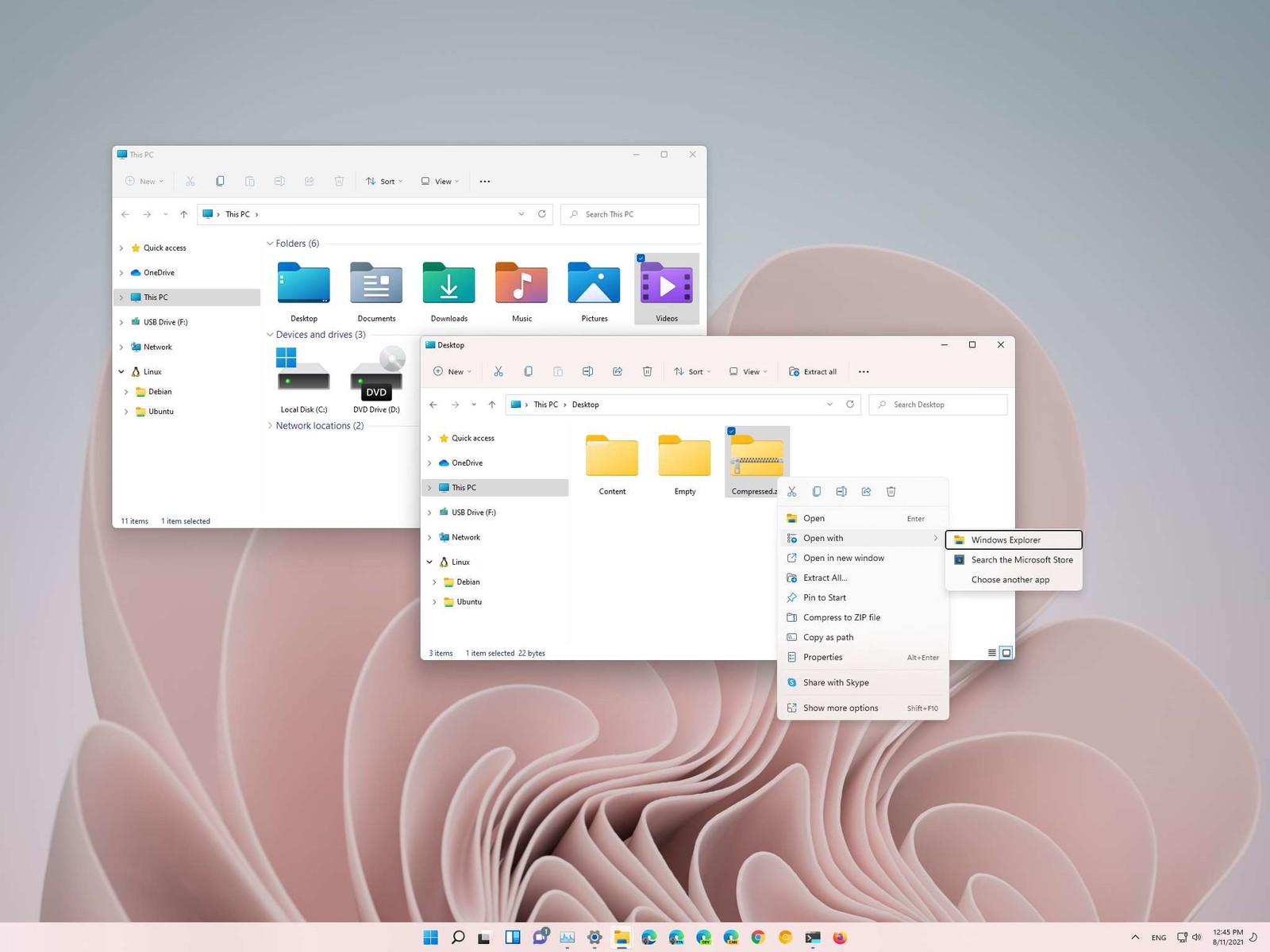Error Code 0x8007007B (Code 0x8007007B) – What is it?
Error code 0x8007007B (Code 0x8007007B) is an error that occurs when you attempt to activate Windows 10, as well as Windows Server 2008, Windows Vista, Windows 7, Windows 8, or Windows Server 2012.
Common symptoms include:
- You will see an error message like this: “Error 0x8007007B 'The filename, directory name, or volume label syntax is incorrect”.
- If you are using volume-licensed media to install: Windows 7, Windows 8, Windows Vista Business, Windows Vista Enterprise, Windows Server 2008 R2, Windows Server 2008, Windows Server 2012, Windows 10.
- Your computer is not connecting the activation wizard to a Key Management Service (KMS) host computer.
Solution
 Further Information and Manual Repair
Further Information and Manual Repair
Error Code 0x8007007B usually occurs when a product key has been activated too many times. Blocking activation aids in avoiding abuse of the key. If abuse of the key is not the case, it is possible to get the key reset, or you may receive a new key altogether. When you are not sure that you can complete these methods yourself, as they do contain advanced steps, it would be wise to consult a computer repair technician to avoid making the problem any worse.
Generally, the solution can be simple; it is just dependent on how comfortable you are with getting technical in your computer. Volume licensed media means that the media has a preset number of times that it is allowed to be activated. This helps to avoid misuse of the product. Some people install the Windows 10 program multiple times on their computer if they are software developers or do certain types of software testing. It is important to know the cause in order to effectively find the solution.
Method One:
- From the desktop screen, press the Windows key and S, type “Command Prompt”. Then, right-click on Command Prompt in the results. Select Run as Administrator. Click Yes when asked about requesting permission.
- In the Command Prompt box, enter the command: slmgr.vbs -ipk xxxxx-xxxxx-xxxxx-xxxxx-xxxxx
- The x's represent the product key. Replace these with your unique product key.
- Type in the following command into the “Command Prompt” window: slmgr.vbs -ato
- Click Enter
- Restart your computer and try to activate windows again. It should not show the error code anymore.
Method Two:
- While on the desktop, press the Windows key and R.
- A window saying Run should open.
- Type in the following command: Slui 3
- Press ENTER and a window should appear.
- This window asks for you to enter the operating system activation product key.
- Enter this key in the space provided.
- After entering this, click Activate.
- Restart your computer now.
- Check for activation. The Error code should be gone now.
Method Three:
- Open the Command Prompt with access as administrator just as in Method One, and enter the following command: sfc /scannow
- The command will complete the tasks. This will take some time so just let the computer do its thing and work. Let the sfc finish the scan.
- When the scan is complete, restart the computer.
- Check for the activation. The error code should be gone at this point.
- If it is gone, revisit Method One or move on the Method Four.
Method Four:
Call the Microsoft Support Team and explain the problem in as much detail as you can give. Give the team the error code 0x8007007B and ask to have a different product key. When they give you the new product key, repeat Method 2. The Microsoft Support Team will either change your product key, or they will reset your current product key so that it can be used for activation again.

 From the menu choose command prompt (admin)
From the menu choose command prompt (admin)
 In command prompt type sfc /scannow and press ENTER
Leave the computer for the operation to be completed and Reboot your computer
In command prompt type sfc /scannow and press ENTER
Leave the computer for the operation to be completed and Reboot your computer How this is the case we have decided to put a little tutorial on how to accomplish this very task and run file explorer with administrator privileges.
How this is the case we have decided to put a little tutorial on how to accomplish this very task and run file explorer with administrator privileges.
